How To Properly Store Epoxy Resin
So you have some leftover resin and hardener that you need to keep for next time? Storing resin properly will help it stay in good condition for your next crafting project.
Resin can be sensitive to environmental factors like air, temperature, and moisture, which can cause it to harden, yellow, or even expire before you have a chance to use it.
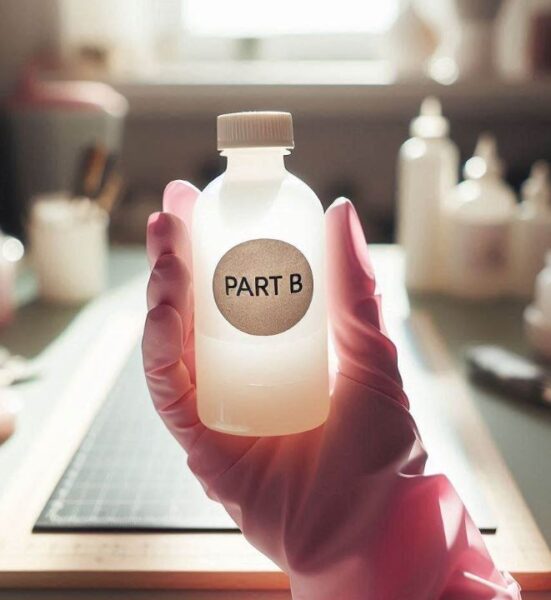
Store resin in airtight bottles in a cool, dry place between 70-75 degrees F. Keep the resin and hardener away from sunlight. Exposure to heat and sunlight can cause resin to deteriorate, causing it to break down.
In this guide, we’ll tell you the best tips for storing epoxy resin and UV resin. From choosing the right containers to managing temperature and air exposure, these tips will help store the resin the right way.
How to store resin
1. Store Resin in Its Original Bottles
Store both the resin and hardener in their original containers. These bottles are specifically designed to keep the materials safe from air and moisture.
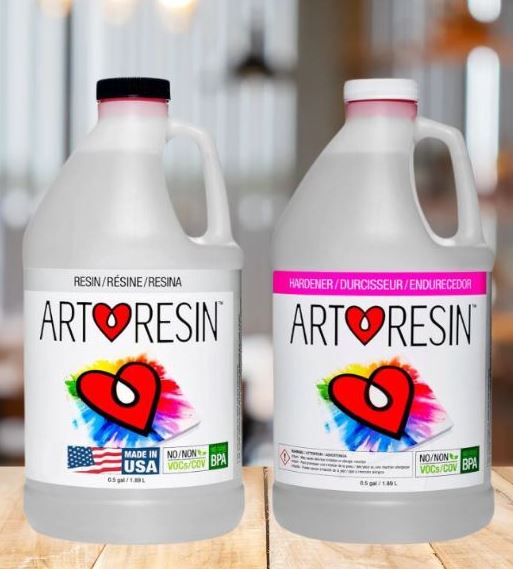
The caps on the original containers are usually made to provide a tight, secure seal, which reduces the risk of the resin thickening or curing prematurely.
2. Secure The Lids
Double-check that the lids on your resin containers are securely closed after each use. This prevents air and moisture from entering the bottles. If the lids are not tight the resin will start to thicken.
One time I did not have my lid on tight and the bottle fell over in my craft box, there was a huge mess. It got over everything.
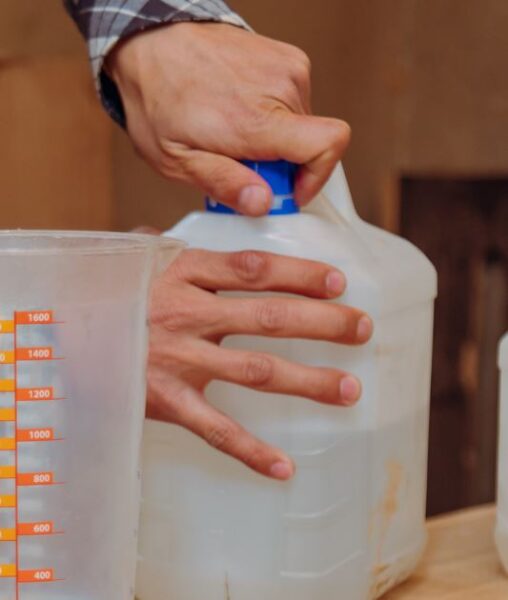
So do make sure to close the lids tightly after each use to prevent any air from getting inside, and store them in an upright position to avoid spills.
3. Seal Bottle Openings with Plastic Wrap
For extra protection against air exposure, consider placing a layer of plastic wrap over the bottle opening before screwing on the cap.
This creates a secondary barrier against air and moisture, especially if the cap doesn’t have an airtight seal.
The plastic wrap can help prolong the life of your resin and hardener by reducing the chance of contamination or oxidation.
This tip is particularly useful if you live in a humid environment.
4. Store in a Cool, Dry Place
Resin and hardener are sensitive to temperature, so it’s important to store them in a cool, dry location, ideally between 70°F and 75°F (15°C to 24°C).
High temperatures can cause the resin to thicken or yellow. In contrast, storing resin in a place that is too cold can cause it to become difficult to work with, thickening up and taking longer to cure when you eventually use it.
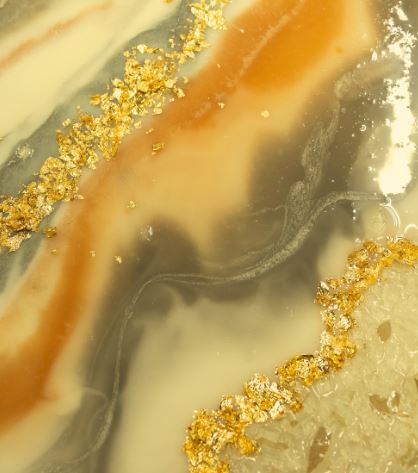
Always avoid extreme temperature fluctuations to preserve the resin’s quality. So if you are using resin in your garage and it’s cold in there, that will not be the right place to store the resin.
5. Keep Away from Direct Sunlight
Exposure to sunlight is a big enemy of resin. UV rays can cause resin to yellow over time. The resin and hardener can also start to turn cloudy.
This can be especially problematic if you’re working on projects where clear resin is important.
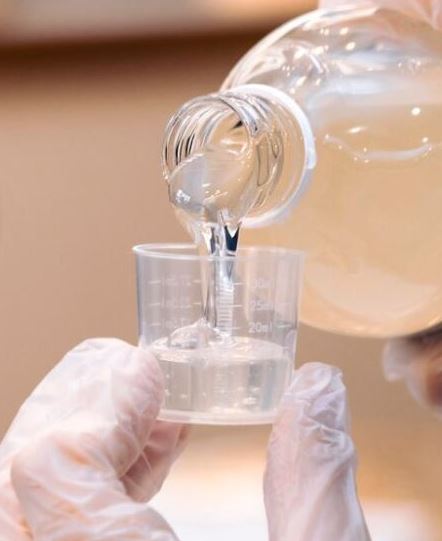
The heat from sunlight can cause the resin to do weird things like separate while still in the bottle.
Store your resin in a dark space away from windows or direct sunlight to prevent these issues.
6. Check the Expiration Date
All resin products have a shelf life, typically ranging from 6 months to a year depending on the brand and type. See our article how to tell if epoxy resin is expired.
Over time, resin can begin to yellow or separate, and the hardener might lose its effectiveness.

Using expired resin could result in sticky, uncured resin pieces or inconsistent results. Keep track of when you bought your resin and make it a habit to use it up before it expires.
7. Label Your Containers
If you have different types of resin or multiple ongoing projects, it’s easy to lose track of which bottle is which if you are using a generic brand.
To stay organized, label each container with the purchase date, type of resin, and expiration date. A popular label maker for crafters are the Munbyn label makers. They are a lifesaver!
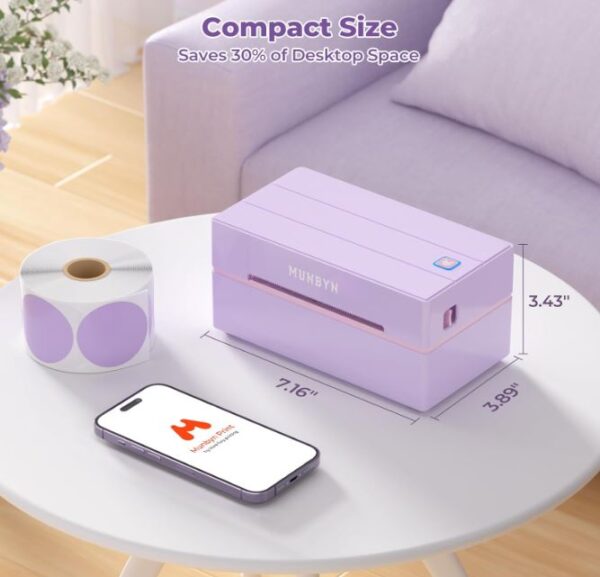
Proper labeling also helps you avoid mixing up different types of resin, which could affect your project’s outcome.
8. Store Bottles Upright
Store resin bottles upright. This reduces the risk of leaks or spills. Keeping the bottles upright also keeps the resin from seeping into the cap, which could make it difficult to open later.
Keep the bottles on a flat, stable surface where they won’t be easily knocked over. Or you can also grab some flat bottomed bins and keep your resin supplies together in one place.
9. Avoid Freezing Temperatures
Resin does not do well in freezing conditions. If resin is stored in a location where temperatures dip below freezing, it can become grainy or develop crystals, making it difficult to work with.
In some cases, freezing can also cause the resin and hardener to separate or form clumps. It can also cause the resin and hardener break down and create dimples in the resin that will not go away.
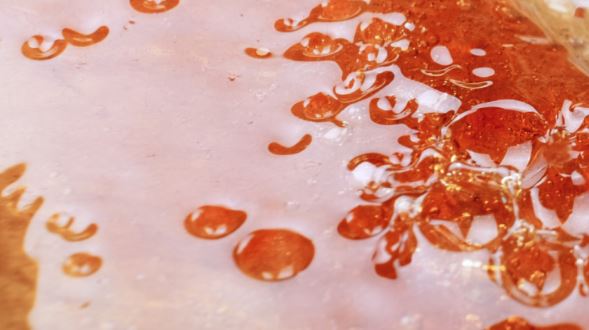
If your resin has been exposed to freezing temperatures, it’s best to let it warm up gradually at room temperature before attempting to use it.
However, be mindful that resin that has frozen might not perform as well, so it’s better to avoid storing it in garages or sheds during cold months.
10. Mixed Resin Cannot Be Stored
Once resin and hardener are combined, the curing process begins, and any leftover mixture will likely harden in the container, leading to waste and potential messes.
Mix only the amount you need for your project. We have a handy resin calculator and ways to use leftover resin when you have mixed too much.
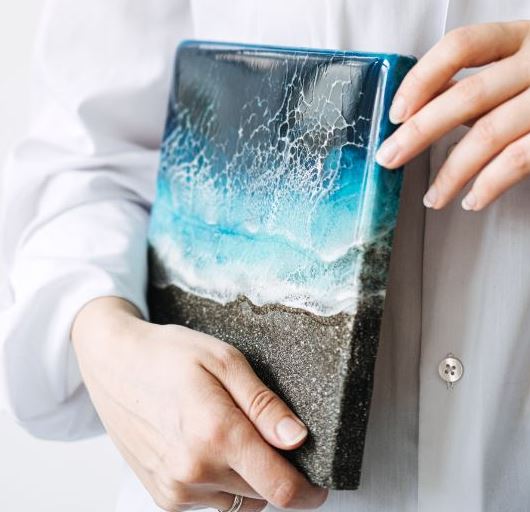
We hope these tips help you store your resin properly.
Thank you for reading! If you found this article helpful, please consider sharing it with fellow crafters. Happy crafting, and may your future resin projects turn out beautifully!
Here are some more helpful resin articles:


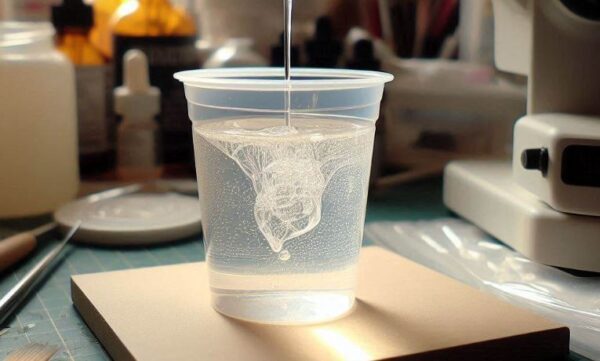

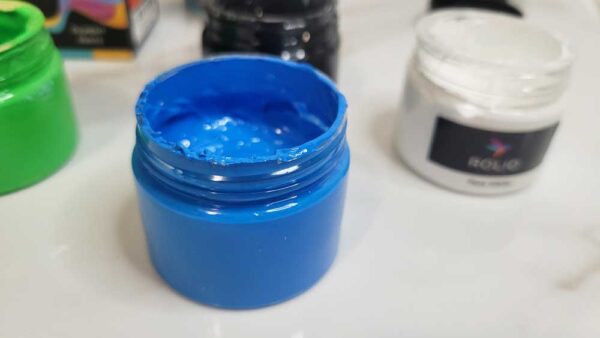
![11 Best Resin Starter Kits For Beginners [2025]](https://craftydiyartistry.com/wp-content/uploads/2023/11/best-resin-kits-for-beginners-cover-600x338.jpg)
